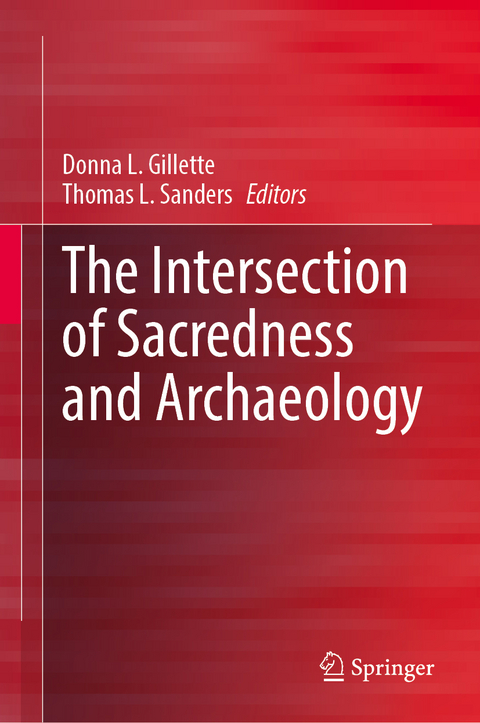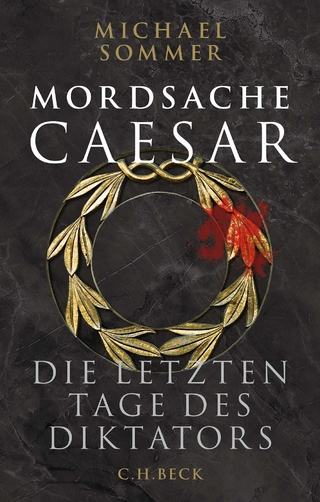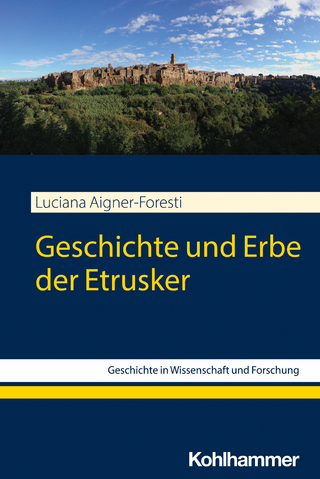
The Intersection of Sacredness and Archaeology
Springer International Publishing (Verlag)
978-3-031-69776-0 (ISBN)
At the point of the often-contentious intersection of sacred site preservation and resource development, archaeology has a unique and valuable role. Archaeology has been criticized as a destroyer of sacred sites through the unbridled pursuit of knowledge through excavation or aiding unbridled development by failing to identify sacred sites.
However, archaeology can act as a mitigator between the conflicting goals of preservation and development, while giving the indigenous a voice. At the heart of this mitigation is understanding the sacred: how it might be physically manifested, how those of diverse cultures understand it, and how it is effected by the laws and norms of diverse cultures.
The purpose of this book is to enhance the discussion surrounding contemporary human interaction with our natural and cultural landscape. Its first goal is make this discussion more productive and less contentious by presenting and thus recognizing the cultural ways of knowing and perspectives of indigenous people. Its second goal is to foster the preservation of our scared landscape. As more and more of our physical landscape is being altered worldwide through rapid growth and development, the cultural landscape is also being changed and challenged. These changes often reflect the interests of some members of society, while the interests of others, including those of Native and Indigenous communities and many archaeologists, environmentalists and others who understand the importance of knowing the past, are disregarded. The latter group is dedicated toward preserving special places, and continuing to provide for Native people the ability to celebrate their traditions and focusing on defining the sacred landscape.Donna Gillette received a Ph.D. in Anthropology/Archaeology, from the University of California, Berkeley. Her dissertation research involved the placement of cultural markings (rock art) on the landscape in Northern California and a survey of other pre-historic activities in the area and determining if there was a temporal connection. With a life-long interest in rock art and the southwest, she returned to school for graduate studies after her children were grown. Since completing her studies, she has worked at consulting, and donated her expertise to the Dana Adobe, a Mexican Land Grant, in California, where she also completed a NAGPRA project. In addition to rock art, her research interests include California archaeology and Indigenous communities, landscape archaeology, historic archaeology, Mission studies and Ranchos. She has developed a deep interest in defining the sacred, especially from the Native perspective. Gillette recently served as lead editor on a volume on Rock Art and Sacred Landscapes (Springer 2014). She has also presented papers at multiple conferences (including International) and published in their Proceedings. Additional articles have included a contribution to Archaeology in America: an Encyclopedia. Dr. Gillette has served on the Board of several non-profit archaeological associations.
Sanders was employed at museums for 35 years. From 1998 until 2016, he was the site manager at the Minnesota Historical Society's Jeffers Petroglyph Historic Site. With the guidance and participation of members from the Arapaho, Cheyenne, Dakota, Lakota, Shoshoni, and Anishinaabe communities, he developed research, educational, and preservation programs at Jeffers Petroglyphs. Sanders has worked with Dakota elders to record and preserve cultural histories, traditional parables, and interpretations of the carvings and cultural sites along the Red Rock Ridge. As a practitioner of Indigenous-centered archaeology, he is employed as an Indigenous Archaeological Specialist at Hamline University. He has been a principal investigator along with Brian Hoffman on archaeological surveys for over 1400 acres along the Red Rock Ridge. Tom is the Director of the Red Rock Ridge Research Group made up of Dakota elders and archaeologists. The group's primary goal is to preserve Indigenous cultural sites along the Red Rock Ridge. He is a member-at-large of the Minnesota State Historic Preservation Review Board. He is descended from both parents from Cherokee ancestors. However, he is not an enrolled tribal member, makes no claim of Cherokee cultural knowledge, and does not speak for the Cherokee Nation or their way of knowing and being.
Introduction (Thomas Sanders and Donna Gillette).- Part 1: How Archaeologists Understand and Interact with the Sacred.- Chapter 1. Grasping the Concept of the Sacred (Donna Gillette).- Chapter 2. The Intersection of the Sacred and the Everyday in Medieval Ireland-Through a study of medieval Irish monks (John Soderberg).- Chapter 3. Elder Dialogues on the Sacred at Jeffers Petroglyphs Historic Site: a case history of an intersection of sacredness and archaeology (Thomas Sanders).- Part II: Case Studies of Archaeological Investigations of Sacred Sites and Landscapes.- Chapter 4. The Landscape of Klamath Basin Rock Art (Robert David and Melissa Morgan).- Chapter 5. Magic, Myth, and a Small English Town: Glastonbury's Sacred Landscape and Archaeology (Charlotte Vendome-Gardner).- Chapter 6. Encountering the Sacred in the Everyday; from Prehistory to the Present (Gabriel Cooney).- Chapter 7. Marking the Sacred: Reading Between the Lines at Mission San Miguel the Arcángel.Shifting Dynamics of Sacred Space and Identity in the California Missions (Jewel Gentry and Donna Gillette).- Part III: Archaeology and the Sacred when it intersects in Sacred Site Public History Educational Programs.- Chapter 8. Integration of the Sacred in Cambodia: Memorials from the Khmer Rouge Period (Julie Fleischman).- Chapter 9. Finding Sacrifice atop an Island in the Sky (Breck Parkman).- Chapter 10. Sacredness is in the Thai of the Beholder (Noel Hidalgo Tan and Gulapish Pookaiyaudom).- Part IV: Archaeology and the Legal Protection of Sacred Sites.- Chapter 11. Legal Protection for Sacred Sites- To understand the United States Government's role in protecting sacred sites, places, and landscapes (Beth Padon).- Chapter 12. The Trouble with Traditional Cultural Places (Thomas F.King).- Chapter 13. The Clash of Stories at Sacred Sites: Reframing the Task of Protecting Indigenous Sites (Howard Vogel).- Part V: Calls a for Better Practice of Archaeology at Sacred Sites.- Chapter 14. Indigenous Cultural Resource Ceremonies (Jim Jones).- Chapter 15. The Plasticity of Sacredness: Archaeology and Cultural Heritage Management in Western Australia (Leslie Zubieta).- Chapter 16. Standing on Sacred Ground (Christopher McLeod).- Chapter 17. Archaeological Preservation Rock Art Site in Northern California (Cory Wilkins).
| Erscheinungsdatum | 04.10.2024 |
|---|---|
| Zusatzinfo | XIV, 351 p. 85 illus., 65 illus. in color. |
| Verlagsort | Cham |
| Sprache | englisch |
| Maße | 155 x 235 mm |
| Themenwelt | Geisteswissenschaften ► Archäologie |
| Geschichte ► Allgemeine Geschichte ► Altertum / Antike | |
| Geisteswissenschaften ► Geschichte ► Hilfswissenschaften | |
| Sozialwissenschaften | |
| Schlagworte | DAPL pipeline development • human interaction and natural/cultural landscapes • Native and Indigenous oral traditions • rock art sites • sacredness and legal parameters |
| ISBN-10 | 3-031-69776-6 / 3031697766 |
| ISBN-13 | 978-3-031-69776-0 / 9783031697760 |
| Zustand | Neuware |
| Informationen gemäß Produktsicherheitsverordnung (GPSR) | |
| Haben Sie eine Frage zum Produkt? |
aus dem Bereich


